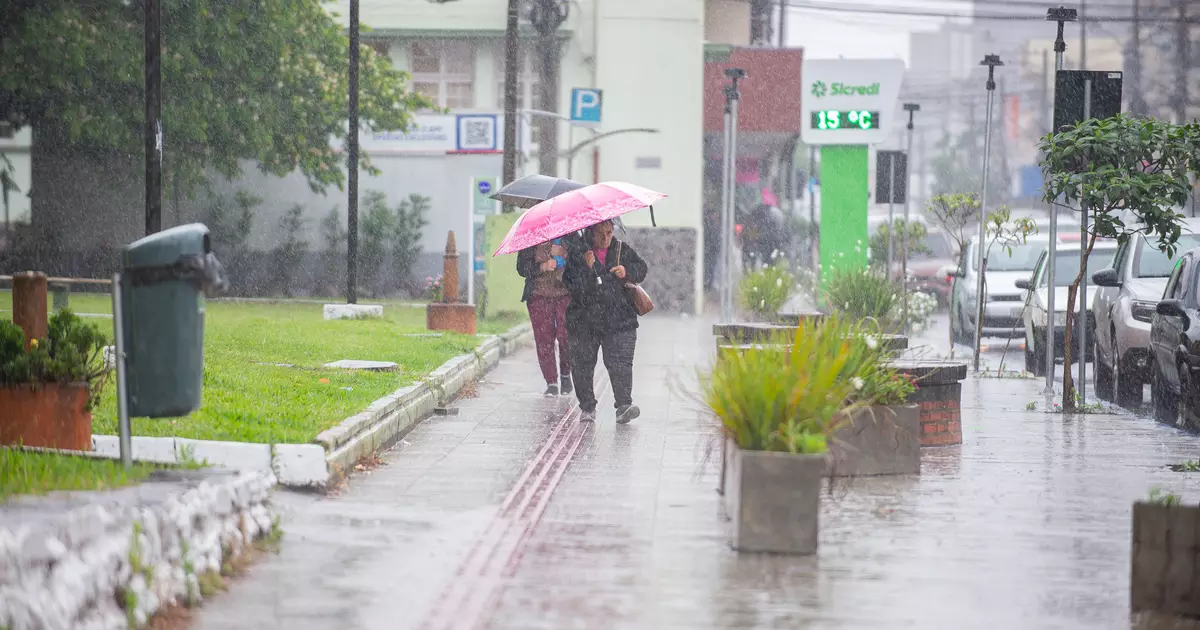
Experts say this phenomenon, which is often seen in the spring, is different from a tornado.
summary
Forecasters say up to three extratropical cyclones could form in November, particularly affecting southern and southeastern Brazil, and could bring new cold fronts and storms, but there is uncertainty about their strength and location.
Two extratropical cyclones are expected to form in the south and southeast of Brazil during November, bringing a new cold front to the country and increasing the risk of storms in southern regions, according to weather forecasts. However, meteorologists emphasize that there is still uncertainty about the strength, location and impact of these systems.
Another cyclone is expected to form between November 16 and 17, said Joselia Pegorim, a meteorologist from Climatempo. However, atmospheric models still differ.
“One of the forecasts shows a formation over Rio Grande do Sul, and the other over the ocean between the coast of Rio Grande do Sul and Uruguay. We are aware of a situation where severe storms may develop over southern Brazil,” he said.
The meteorologist also explains that extratropical cyclones are especially common in late spring and are generally associated with the passage of a cold front. She says five to seven cold fronts typically reach southern Brazil a month, but only a few reach the southeast.
The National Meteorological Institute (Inmet) warns that forecasts older than 15 days are subject to high uncertainty. According to meteorologist Franco Villela, global models predict that two low-pressure systems will form by the end of the month, one also occurring between November 16 and 17 and the other between November 26 and 27.
“There are signs that two cyclones will form by the 27th, but there is still some uncertainty. They should mainly affect the south and southeast,” he said.
Regarding the possibility of new tornadoes like the one recorded in Paraná state last week, Villela emphasizes that there is no way to predict this type of event this far in advance. “It’s impossible to know exactly where a tornado is likely to occur weeks in advance. You can only better assess the situation 24 to 48 hours in advance,” he says.
Difference between extratropical cyclone and tornado
The two phenomena have different origins and effects. “The process of forming a cyclone can produce clouds that contain tornadoes, but tornadoes do not create extratropical cyclones,” Pegolim said.
“Tornado predictions can only be confirmed very close to the occurrence by tracking radar and satellite imagery in real time.”
Extratropical cyclones are large systems with circulating winds and extensive cloud cover that can last several days and reach multiple states, producing strong winds and persistent rain. A tornado is a localized phenomenon in which a rotating column of air descends from a cloud to the ground, and is short-lived but more likely to cause destruction in a small area.
Spring favors the contrast between hot and cold air masses, increased atmospheric humidity, and instability. This combination increases the likelihood of more active cold fronts and extratropical cyclones forming.




